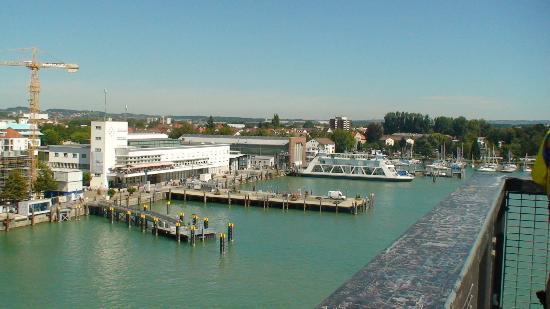What is the Difference Between a Port, Quay, Pier and Wharf?
These terms are sometimes used interchangeably, but there are differences between each which it is useful to remember.




These terms are sometimes used interchangeably, but there are differences between each which it is useful to remember.




For ten years the Shipping Law Blog has aimed to provide a simple, down-to-earth guide to the world of international shipping and maritime law.
If you have any questions or suggestions please get in touch at editor@theshippinglawblog.com .
Transporting specialized cargo, particularly sensitive items such as human remains, is a delicate task that requires precision, care, and strict adherence to legal and ethical guidelines. Whether the remains are
You often hear reference to oil rigs and platforms, and sometimes people will say, that wasn’t a platform, it was a rig; or the opposite. So why do the terms
The UK Standard Conditions for Towage and Other Services (UKSTC) is probably the world’s most popular towage agreement. The 1986 version is the latest one and probably the most popular.
Most maritime countries in the world apply a two year time bar to collision claims (by virtue of some form of ratification to the Brussels Collision Conventions 1910). In other
Learning to sail is one of the best ways to familiarise yourself with the basics of operating a vessel on water. Many of the terms draw across to the shipping
We often receive queries from readers at the Shipping Law Blog, and today we received one from a non-lawyer, who had been asked to confirm whether one of their contracts

1. All content reserved copyright of theshippinglawblog.com 2015, unless stated otherwise. 2. Header image credit: Paul Gorbould, ‘Leader on Ice’ (Flickr). 3. This website is not intended to provide legal advice and is for interest only. The author does not guarantee the accuracy of any content and, as always, recommends that appropriate professional legal advice is sought by anyone requiring assistance with a shipping law problem. 4. If you have any ideas, recommendations or other queries in relation to the blog please e-mail me at webmaster@theshippinglawblog.com.